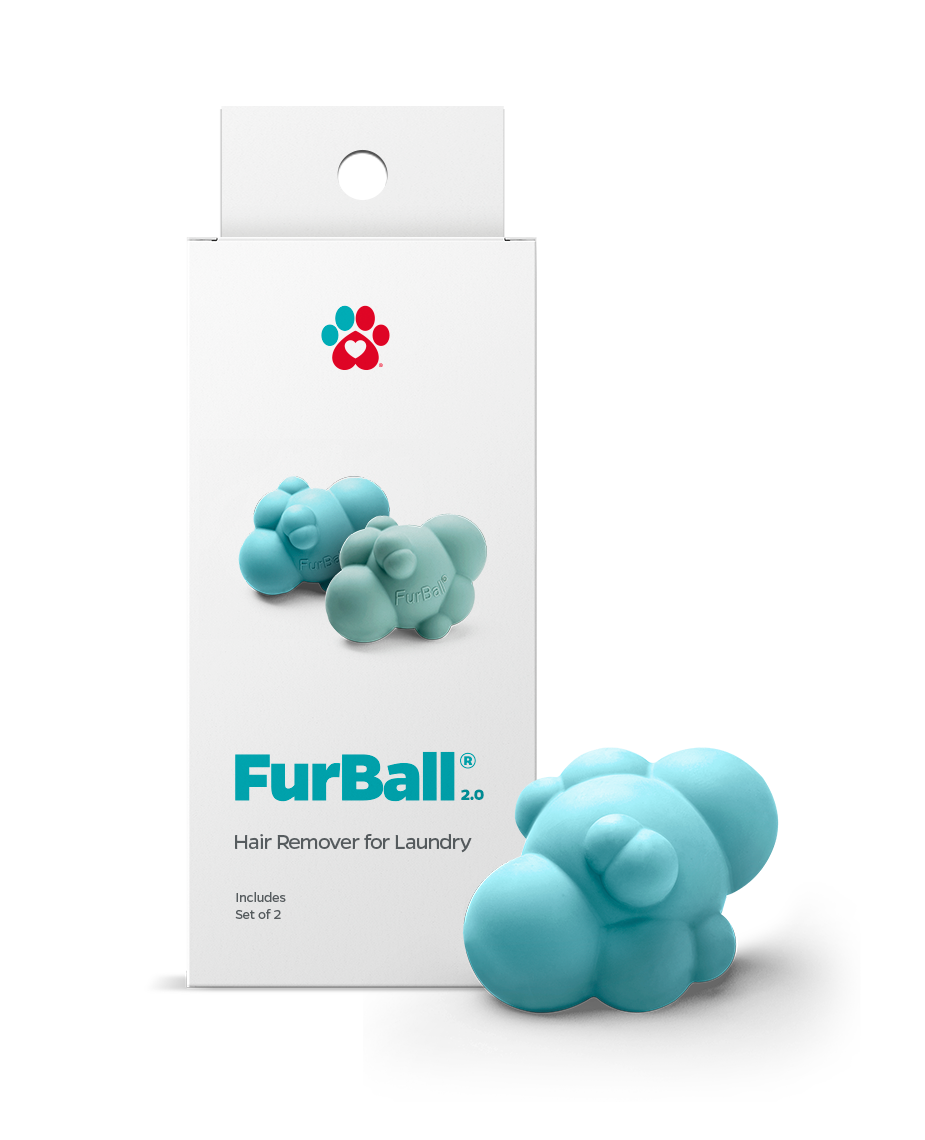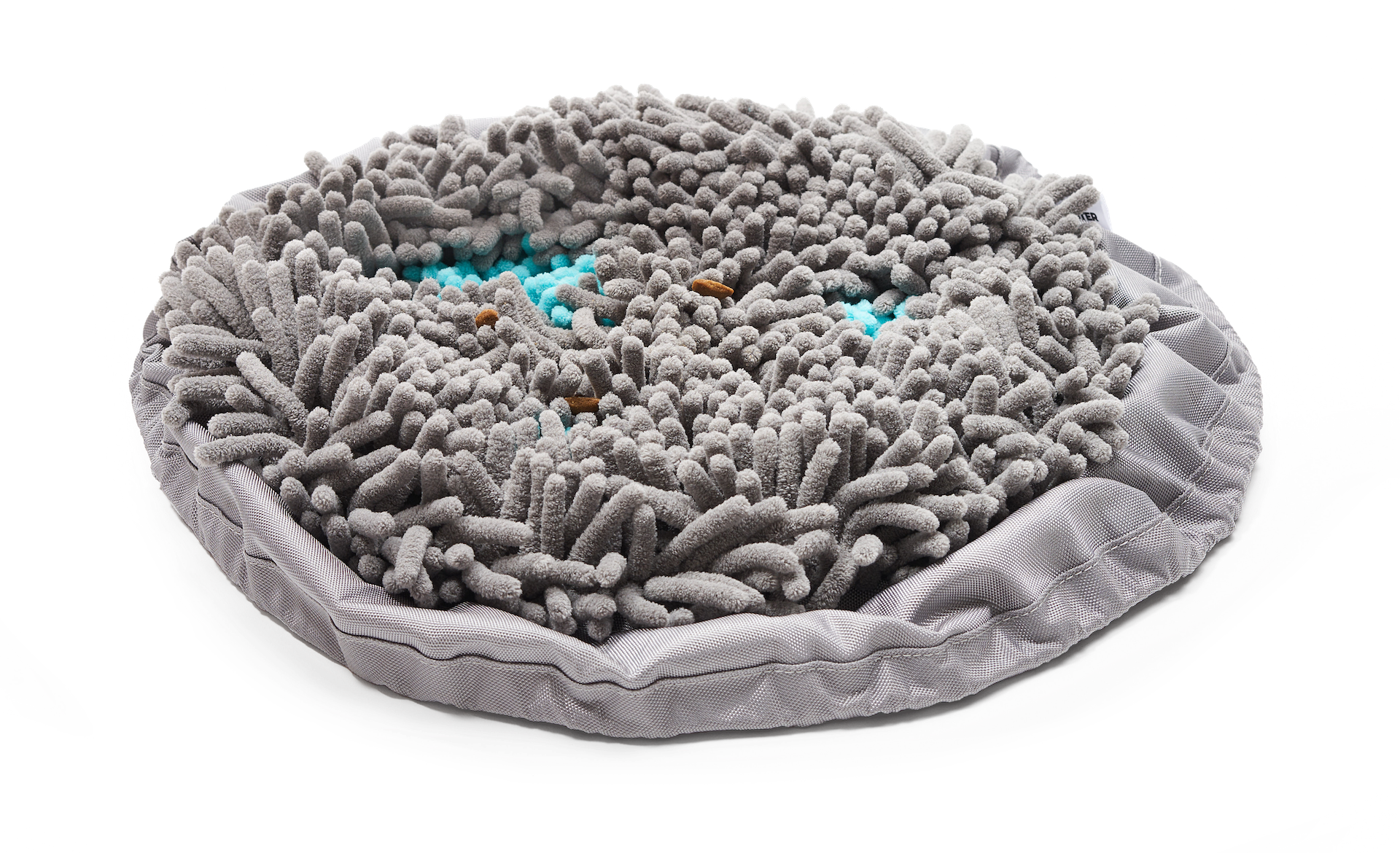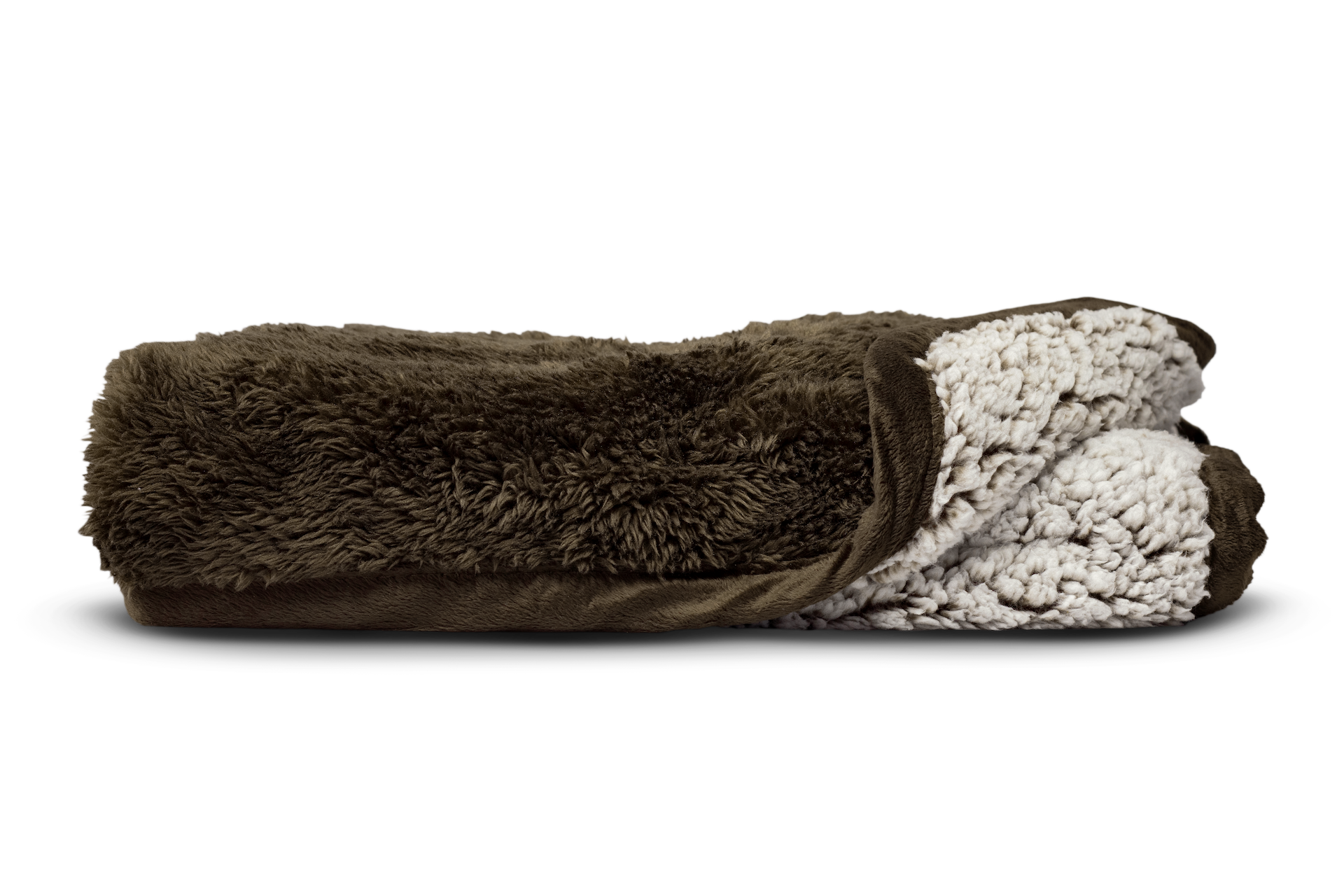Cats are natural scratchers and kneaders. Cat scratching is an instinctive behavior which helps to sharpen claws, stretch their muscles, and shows a cat marking territory. While this behavior is perfectly normal for felines, it can wreak havoc on your furniture.
Here are some effective methods and products you can try to protect your furniture from cat scratching, while still allowing your cat to exhibit their natural instincts.
Understanding Why Cats Knead and Scratch
Cats knead and scratch for a number of reasons:
Cat marking territory. Cats have scent glands in various parts of their bodies, including cat paws. These glands release pheromones, which are chemical signals that carry vital information for communication.
This behavior allows them to claim ownership of their surroundings and declare the area as their territory.
This behavior can particularly manifest in multi-cat households, when introducing a new cat to your home, or when you move. Cats scratch objects to mark their territory and reduce tension with other cats. They may scratch furniture, walls, or door frames.
"When cats scratch objects, they activate scent glands on their cat paws which leave behind their unique scent."
Claw maintenance. Cat scratching is a vital and instinctive behavior for cats serving multiple purposes, one of which is essential claw maintenance. Cat paws have retractable claws, which allows the cat claws to maintain their sharpness and effectiveness for various tasks. However, this retractable feature also means that the outer layer of their claws can become worn or dull over time.
To compensate for this, cats engage in scratching activities to naturally and efficiently shed the old layers of their claws. When cats scratch on surfaces the outer layer of the claw becomes worn down, uncovering a new, sharp edge. This is also one reason why you should not have cats declawed.
Stress relief. Cat kneading and cat scratching are instinctive behaviors that provide comfort and self-soothing for stressed and anxious cats. These behaviors have deep roots in their early development and strong emotional ties to their kittenhood experiences.
Kneading, also known as "making biscuits," is a behavior that starts from kittenhood. When kittens nurse, they instinctively knead on their mother's belly to stimulate milk flow. This action creates a comforting and secure feeling as it connects the movement, warmth, and nourishment received during early bonding moments.
As kittens grow, they often retain this kneading behavior as a way to express contentment and relaxation. When your cat kneads, they may also purr, indicating a heightened state of comfort and pleasure. Kneading is a rhythmic motion cats do. Researchers point out that cats engage in this behavior as a coping mechanism for stress, as it evokes positive memories from their kittenhood.
Similarly, scratching can also serve as a form of stress relief for cats. When cats scratch, the physical activity allows them to release pent-up energy and tension. Digging their claws into a surface can be therapeutic and provide a sense of control, especially during anxious or uncertain times.
Ways to Protect Your Furniture
Provide alternatives. Redirecting your cat's scratching behavior is important for responsible pet ownership. It helps protect your furniture while allowing your cat to express their natural instincts.
To achieve this, providing suitable alternatives such as cat scratching posts or boards is essential. These alternatives provide a specific and suitable place for your cat to scratch, allowing them to engage in this natural behavior without damaging your home.

Invest in a good scratching post. Investing in a high-quality scratching post is a wise choice, as it can avert from the cat scratching couch.
Cats prefer posts that are tall enough to fully stretch their bodies, and sturdy enough to withstand forceful scratching. Posts covered in materials like sisal rope or carpet provide a satisfying texture for their claws. Make sure to place the scratching post in a visible, easy-to-reach spot. An ideal location may be near their preferred resting areas, as cats tend to scratch after waking up from a nap.
Trim your cat’s claws. Regularly trimming your cat's claws is an essential aspect of cat care. It not only reduces any damage caused during scratching, but also promotes the overall well-being of your furbaby.
Cats' claws are continuously growing, and without proper maintenance, they can become sharp, long, and potentially harmful. It is important to keep them at a safe length to prevent any accidental scratches to people or other pets in your home.
Trimming your cat's claws can be tricky. It's important to be careful and avoid causing any discomfort or injury to your furbaby. If you are unsure or inexperienced, it's best to ask a professional for help.
Train. Using positive reinforcement is a highly effective, and humane, method to train your cat. You can work with them to avoid scratching certain furniture pieces at home and redirect their scratching behavior to appropriate areas.
Cats respond well to positive reinforcement. It creates a positive association with desired behaviors, making them more likely to repeat them in the future.
Training your cat requires patience and consistency. Be patient with them as they learn the new behavior. Avoid scolding or punishing your cat if they scratch the furniture; instead, gently redirect them to the scratching post and reward them when they use it.
How Pet Parents® Can Help
Here are some Pet Parents® products that can help you avoid having a cat scratching couch:
Pet Blankets. Cat-proof furniture with pet blankets is an excellent way to safeguard it from potential damage caused by your cat's scratching behavior. By creating a protective layer between your cat's claws and the upholstery, you can preserve the appearance and longevity of your furniture pieces.
Select a pet blanket for cats that appropriately covers the entire surface of the furniture you want to protect. This ensures that the blanket provides full coverage, leaving no exposed areas for your cat to scratch. Consider getting larger blankets if you have larger furniture pieces or sectional sofas. Luckily, our Premium Pet Blankets do just that.
Pawtect® Blanket. The Pawtect® Blanket is created using scratch-resistant materials and easily washable, making it a convenient option for cat owners. The unique construction of this blanket for cats acts as a barrier, effectively minimizing the impact of a cat on couch.
And what’s even better? It is waterproof! The EdgePawtector® prevents spills and messes from escaping the edges using our special edge protection technology. This technology pushes any moisture back into the absorbent/waterproof material of the Pawtect® cat blanket.
"The Pawtect® Blanket is a specialized product designed specifically for protecting furniture from pet-related damage."
The Pawtect® Blanket is crafted with both your cat's comfort and the protection of your furniture in mind. The soft and plush surface of the blanket provides an inviting and cozy spot for your cat to rest or play. Cats love comfort, so providing them with a soft surface to lounge on can discourage them from scratching or lounging on your furniture.
Pet repeller mat. A pet repeller mat is a great tool to deter cats from accessing specific furniture pieces. These mats have motion sensors and emit harmless ultrasonic sounds or vibrations when activated. They create an unpleasant experience for your cat and discourage them from scratching or climbing on the furniture.

The Pet Parents® Pet Repeller Mat trains your pet to stay off certain areas. It works by correcting their behavior without causing any harm or pain. This mat is perfect for preventing scratching, training without pain, correcting behavior, reducing fur and odor on furniture, and preventing spraying or marking. You can sleep well at night knowing that your pet is learning and you are not causing any harm to them.
Protecting your furniture from cat scratching requires you to understand their natural instincts and provide suitable alternatives. To protect your home and furniture from your cat's scratching, you can take a few measures.
First, provide scratching posts for your cat to use. Additionally, make sure to keep their claws trimmed regularly. Finally, consider using Pet Parents® products such as pet blankets and pet repeller mats.
By following these steps, you can allow your cat to behave naturally while also keeping your belongings safe. This way, your cat can still behave naturally while keeping your belongings safe.
Remember, patience and consistency in training will lead to better results in protecting your furniture from cat-related damage.









